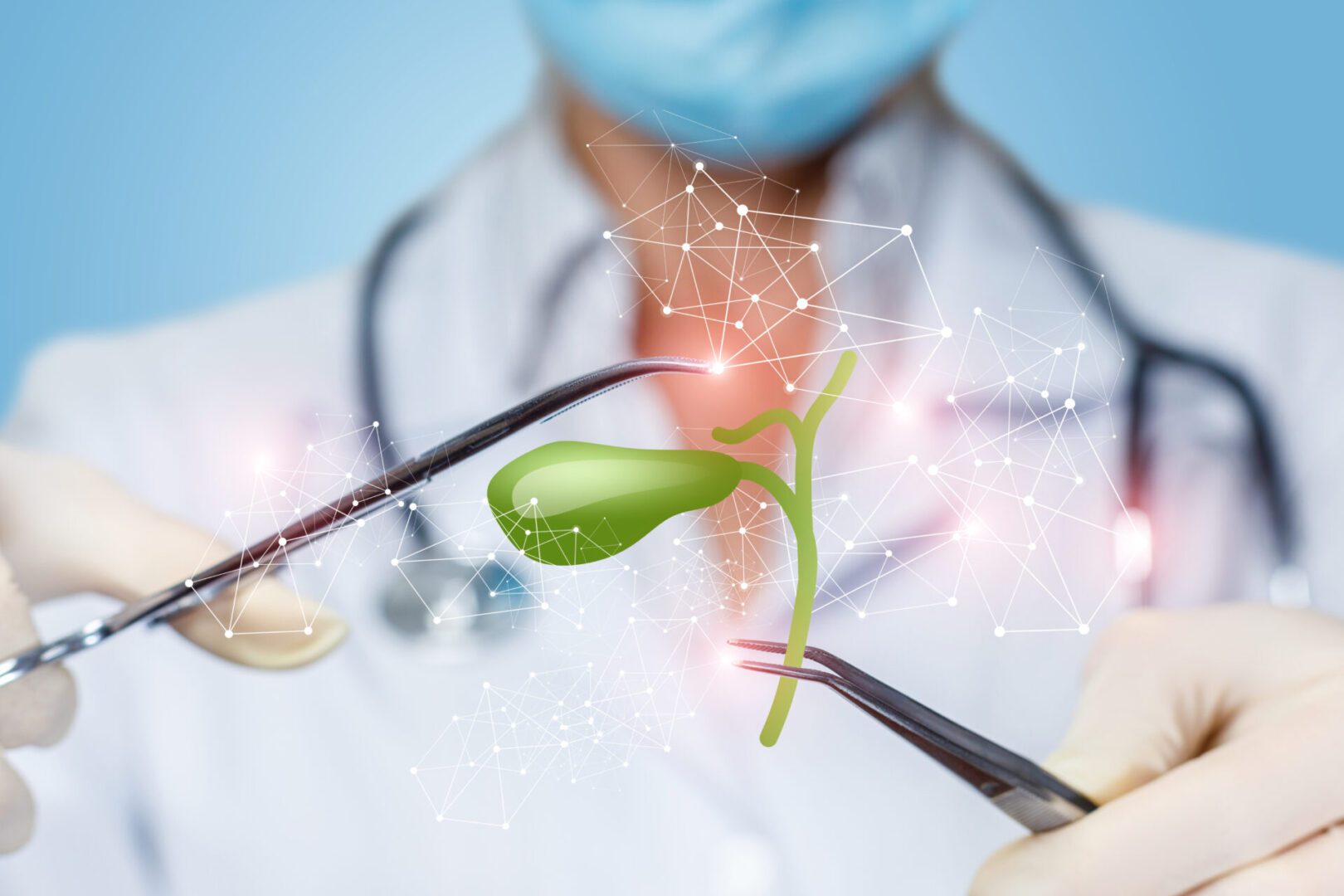Search by Color or Cause


Gallbladder and Bile Duct Cancer Awareness Month takes place during the month of February. Both gallbladder cancer and bile duct cancer are relatively rare forms of cancer. The awareness color for gall bladder and bile duct cancer is green. In order to raise awareness, we offer green enamel pins, fabric ribbons and silicone wristbands to call attention to this awareness month.
Gallbladder and Bile Duct Cancer Awareness Month educates the public about gall bladder cancer and bile duct cancer. It also provides information and ideas about what you can do to call awareness to this form of cancer.
The gallbladder is a pear-shaped organ in the abdomen, below the liver. It collects and stores bile. To aid with digestion of fats, the liver makes a fluid called bile. The bile ducts are thin tube-like vessels that carry bile from the liver to the gallbladder and small intestine.
According to data from the National Cancer Institute (NCI), an estimated 12,220 people living in the United States will be diagnosed with gallbladder cancer in 2023. Approximately 4,510 people are expected to die from it.
Extrahepatic bile duct cancer is a rare disease in which cancer cells form in the ducts that are outside the liver. In addition, cancer can also develop in the bile ducts inside the liver. Another name for bile duct cancer is cholangiocarcinoma.
Cholangiocarcinoma is a group of cancers that begin in the bile ducts. These are the tubes that connect the liver and gallbladder to the small intestine. Cholangiocarcinomas, or bile duct cancers, are rare and affect about 8,000 Americans every year. Bile duct cancers are associated with poor outcomes for patients both at early and advanced stages of the disease.
Symptoms of both gallbladder and bile duct cancer include yellowing of the skin and/or the whites of the eyes (jaundice), abdominal pain, and fever. In addition, gallbladder cancer symptoms include nausea and vomiting, bloating, and lumps in the abdomen.
Individuals diagnosed with bile duct cancer often experience the following symptoms:
Certain factors that can increase an individual’s risk for gallbladder cancer, include:
Although gallbladder cancer can be successfully treated if diagnosed early, detection of the disease is often difficult before it spreads to other areas of the body. One reason that gallbladder cancer can be challenging to diagnose in its early stages is that symptoms are typically not present until the disease has progressed.
Treatment for the disease depends on the type and stage of the cancer, but usually includes a combination of surgery, radiation therapy, and chemotherapy.
According to the American Cancer Society, bile duct cancer is more common among individuals living in southeast Asia.
Other risk factors for the disease include:
(Image: Adobe Stock)